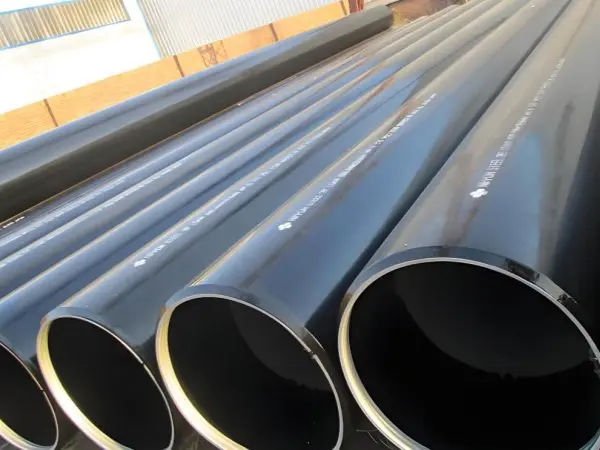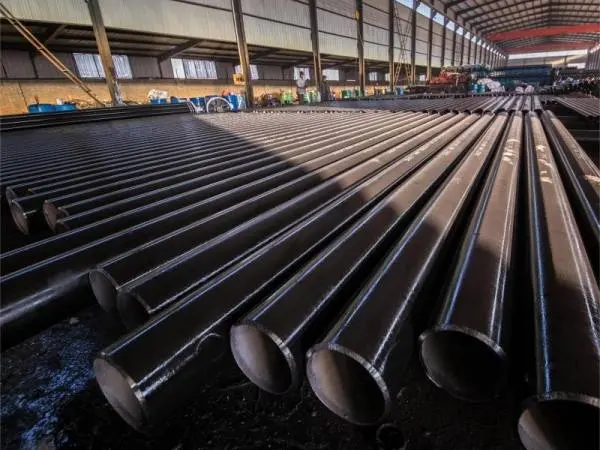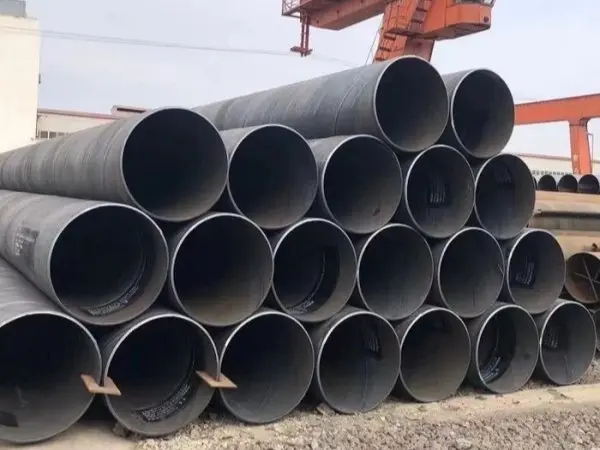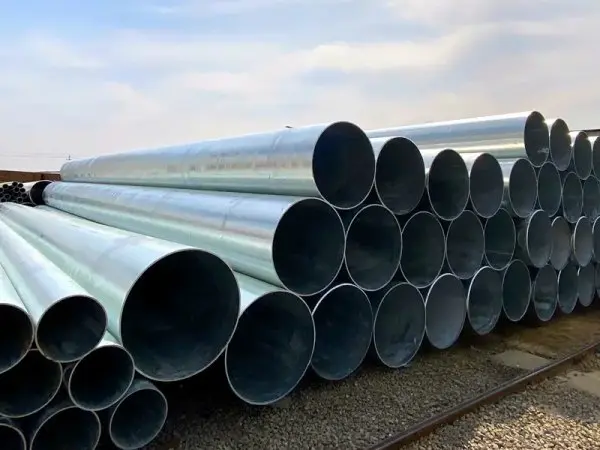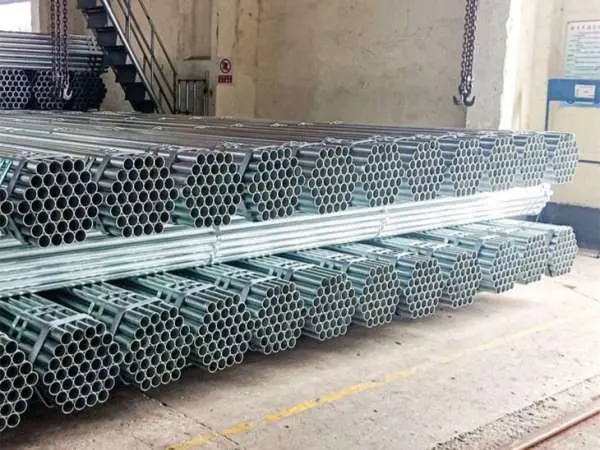- Phone0086 731 8564 8255
- E-mailsales@cscsteel-manufacturing.com
-

The glossiness of annealed seamless (SMLS) carbon steel pipes is a critical indicator of product quality, influenced by several key factors. Here are five crucial aspects.
Annealing Temperature:
Ensuring the correct temperature is essential. The heat treatment process for steel typically involves quenching and tempering, commonly referred to as "annealing." The standard temperature range for this process is between 1040°C and 1120°C, according to the Japanese standard.
Annealing Atmosphere:
The annealing process usually requires a pure hydrogen atmosphere, with a purity level of at least 99.99%. If a noble gas is part of the atmosphere, the purity requirement can be slightly lower, but the presence of CO2 and water vapor must be minimal.
Furnace Wall Airtightness:
The annealing furnace for seamless steel pipes must be tightly sealed to prevent outside gases from entering. If radon gas is used as a protective atmosphere, only one exhaust pipe should be open to allow the radon to escape and be ignited. To check for leaks, apply soapy water to the joints of the annealing furnace and look for escaping bubbles. Special attention should be paid to the areas where the pipes enter and exit the furnace, as the sealing rings in these areas are prone to wear and require frequent inspection and replacement.
Protective Gas Pressure:
To prevent micro-leakage, the protective gas inside the furnace should be maintained at a certain positive pressure. When using radon as the protective gas, the pressure is typically required to be above 20 kBar.
Moisture in the Furnace:
It's important to ensure that the materials used to line the furnace are dry, particularly during the initial installation when the furnace walls need to be thoroughly air-dried. Additionally, care should be taken to prevent water from entering the pipes before they are placed in the furnace, especially if there are holes in the pipes. Moisture inside the furnace can compromise the protective atmosphere and affect the annealing process.
